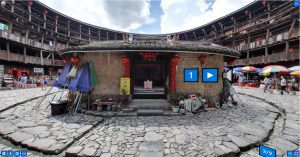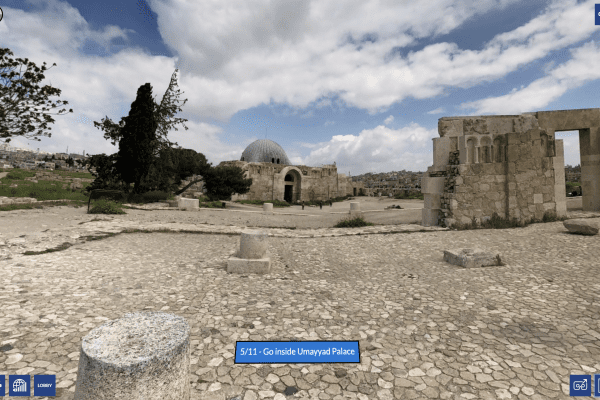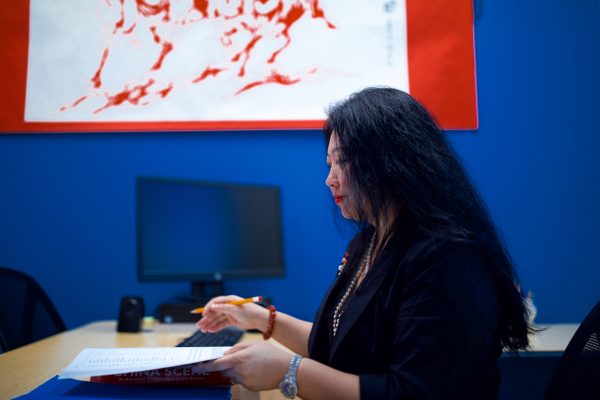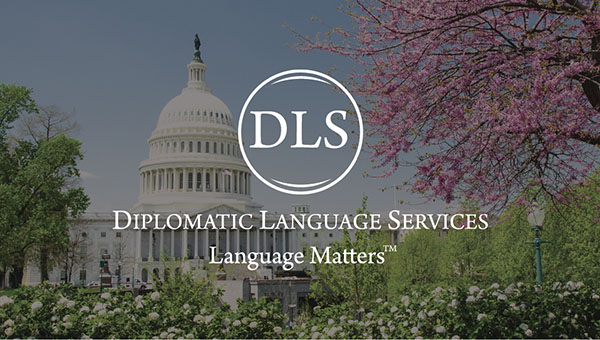Effective language instruction takes learning beyond the classroom, and virtual reality presents exciting possibilities for language learning. VR can provide immersive travel experiences, which allows teachers to facilitate discovery-based, cultural learning. In fact, we can use ACTFL can-do statements to apply proficiency-oriented principles to VR and to differentiate VR immersions for various levels.
Communicative language teaching gives students opportunities to apply and use language – it emphasizes language in action. It also supports students in making connections and in interacting with the culture of the language they are studying. Traditionally, language students encountered these opportunities when they traveled to the target region. Today, virtual reality (VR) can be effectively leveraged to simulate travel abroad.
There is differentiated cultural input and intercultural communication can-do statements for each level. Immersions provide exposure to the products, practices, and perspectives of the target culture. This then provides an overarching understanding of the target region, so students can better contextualize the language they are acquiring. Students can experience immersions via VR headset or desktop, thus students without headsets can reap these benefits.
Fujian Province, China
For example, we have a Chinese scenario around Fujian Province at the famous tulou buildings. This area in China is a popular destination for domestic tourism. The immersion has four locations: a tulou building, an ancestor hall, a market, and a village. The presenters will show attendees what the VR immersion looks like for instructors and students: when visiting the tulou building, 1-3 students on VR headsets walk through the site with their instructor (who is on a desktop). key information is built-in through embedded target language audio and text. how preparatory and reflection pieces are provided in the students’ LMS and how the immersion aligns to the curriculum.

In a virtual environment, students not only encounter cultural products that the teacher has intentionally included. Students have more opportunities to “stumble across” products and practices, since VR environments have so many images and information. which the instructor can exploit and guide students to investigate cultural perspectives. Virtual immersions support students in making connections with their personal lives and jobs. For example, visiting a virtual restaurant is an opportunity for learning how to conduct business negotiations in the target country.
The range of potential immersions is wide. As we build new VR immersions, we can tailor them to students’ goals and requests. Because of this tailor-made approach and the differentiation employed within the virtual experience, VR users can bridge content from VR into other disciplines and knowledge areas.




